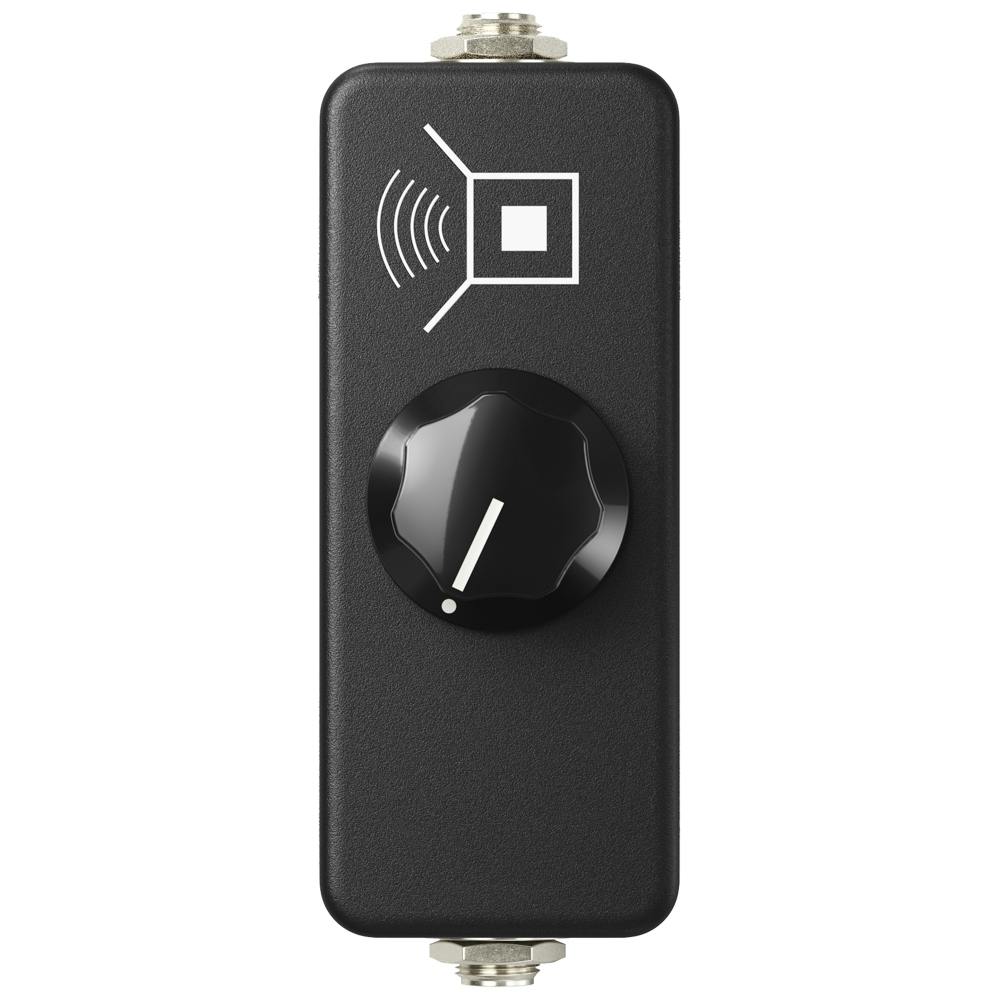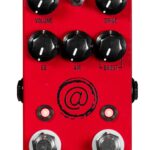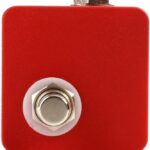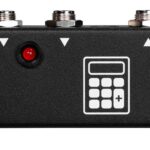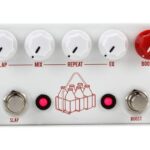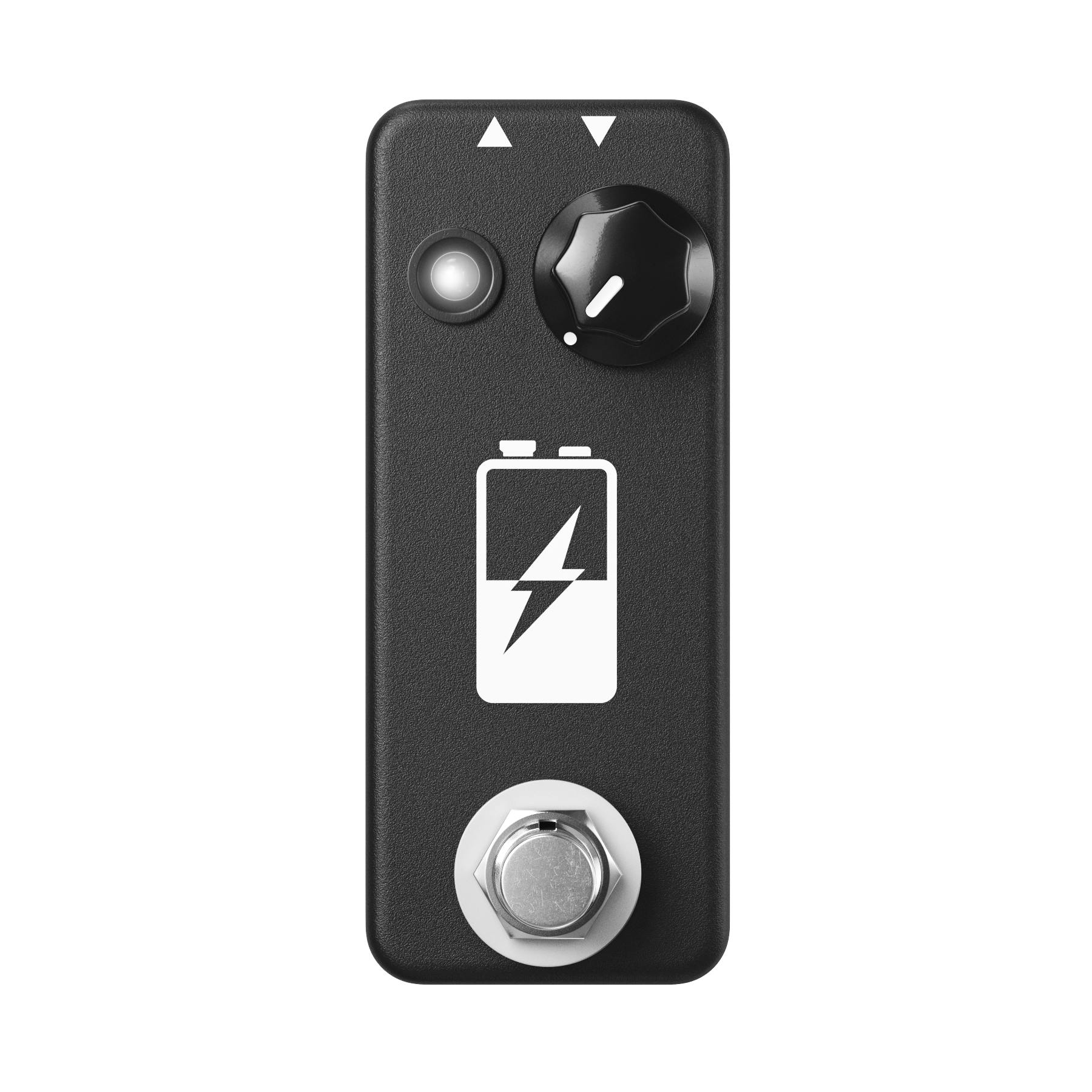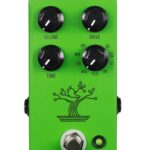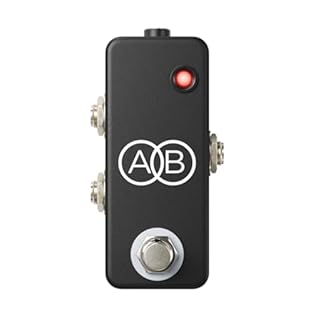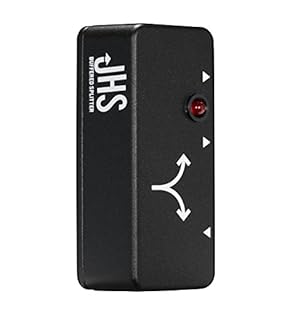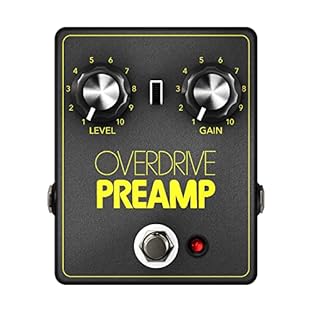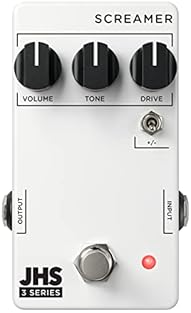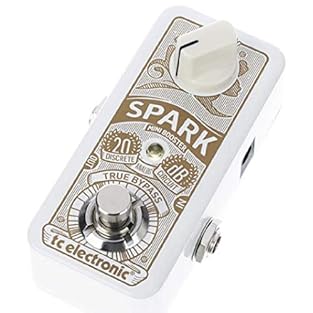Tasty Pedals made by JHS Pedals
JHS Pedals is an American boutique guitar effects pedal company founded by Josh Scott in 2007.
Known for its innovative designs and high-quality craftsmanship, JHS Pedals has become a prominent name in the pedal industry, offering various effects including overdrives, distortions, fuzzes, delays, and modulation. The company is particularly celebrated for its ability to blend classic tones with modern features, often incorporating unique twists on traditional effects. JHS Pedals are also recognized for their reliable performance and distinctive visual designs, making them a favourite among musicians of all levels.
Josh is known for his educational and entertaining content on the history and design of guitar pedals, further contributing to the brand’s influence and appeal in the guitar community.
Just Pedal Ingredients.
Amp — An amp pedal, often referred to as an amp simulator pedal or amp modeling pedal, is a type of effects pedal designed to emulate the sound and characteristics of various guitar amplifiers. By using digital or analog processing, these pedals replicate the tonal qualities, gain stages, and tonal response of different types of amplifiers, such as vintage tube amps, high-gain modern amps, or classic solid-state models.
Amp pedals are typically used to shape a guitarist’s tone without needing to rely on multiple physical amplifiers. They offer a range of preset or adjustable sounds that mimic the effects of different amp types, including their distinctive overdrive, distortion, and EQ settings. Some amp pedals also include additional features like cabinet simulations, which mimic the sound of different speaker cabinets, and built-in effects like reverb and delay. This makes them a versatile tool for achieving a variety of tones and sounds, whether in a practice setting, recording studio, or live performance, providing convenience and flexibility in a compact form.. Pedals. Utility. Volume — A volume pedal is a pedal-style device used to control the volume level of an instrument, typically a guitar or a keyboard, by foot movement. It allows musicians to adjust the volume smoothly and dynamically while playing, providing hands-free control over their instrument’s output level. Here’s how a volume pedal works and some common features:
1. **Pedal Design**: A volume pedal consists of a foot-operated pedal and a housing unit. The pedal is typically attached to a potentiometer (variable resistor) inside the housing, which adjusts the volume level based on the pedal’s position.
2. **Expression Pedal Compatibility**: Many volume pedals are compatible with expression pedals, allowing players to control other parameters in addition to volume, such as modulation depth, delay mix, or wah effect, depending on the pedal and the equipment it’s connected to. This adds versatility and flexibility to the pedal’s functionality.
3. **Input and Output Jacks**: Volume pedals have input and output jacks for connecting the instrument’s signal input and output, respectively. Some volume pedals also feature additional jacks for connecting to effects pedals or other audio equipment.
4. **Taper and Sweep**: The taper refers to the way the volume changes in relation to the pedal’s movement. Most volume pedals feature an audio taper, which provides a logarithmic response to the pedal’s movement, mimicking the way human ears perceive volume changes. The sweep refers to the range of motion of the pedal, from minimum to maximum volume.
5. **Minimum Volume Control**: Some volume pedals include a minimum volume control knob or switch, which allows players to set a minimum volume level when the pedal is fully depressed. This can be useful for achieving swells or fade-ins from silence.
6. **Buffered vs. Passive**: Volume pedals may be either buffered or passive. Buffered pedals include an active circuit that maintains a consistent impedance and signal strength, preventing signal loss and preserving tone when using long cable runs or connecting to multiple effects pedals. Passive pedals, on the other hand, do not include active circuitry and may introduce some signal loss, especially with long cable runs.
7. **Tuner Out**: Some volume pedals feature a tuner output jack, which allows players to connect a tuner pedal directly to the volume pedal. This enables silent tuning while muting the instrument’s signal to the amplifier or other audio equipment.
Overall, a volume pedal is a versatile tool for guitarists, keyboardists, and other musicians seeking dynamic control over their instrument’s volume level. Whether used for swells, fade-ins, rhythm adjustments, or creative volume effects, a volume pedal provides hands-free control and adds expressive possibilities to live performances and studio recordings..

